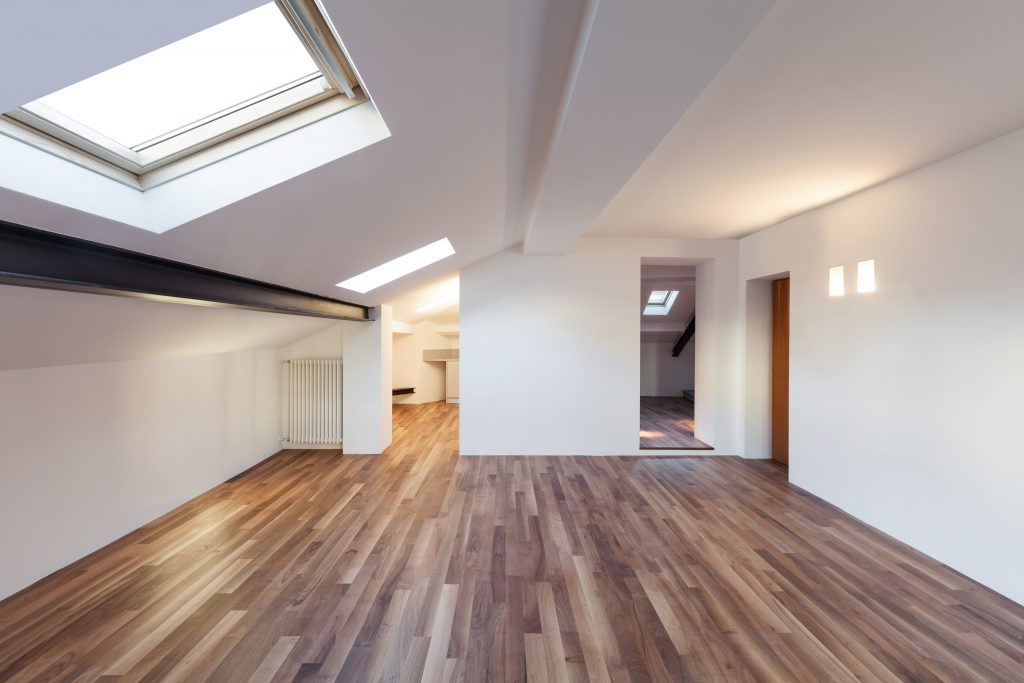Most property owners nowadays opt for wooden floors. Though they realize there are two primary categories of wood for floors including soft and hardwoods, few know there are different hardwood categories. The two primary hardwood floor options are engineered and solid hardwood floors. Both of them will add structure and value to your property and come in a broad style, finish, and species range.
There however exist stark differences between these two hardwood flooring alternatives available at a Santa Ana shop. While solid hardwood is made of 100% hardwood and each of its planks is one solid piece, engineered hardwood comprises several layers. Its top layer is 100% hardwood while the middle core contains at least 5-7 plywood layers and the bottom layer is also hardwood. There are also various installation options for engineered hardwood floors. Here are some of the popular ones.
Floating Board Installation
This marks the most popular option more so for DIYers. It follows the same installation procedure like the nail-down installation, but unlike in the latter, there is no nailing of the flooring planks. The planks are instead secured using wood blocks and ‘’float’’ above your subfloor. The boards installed using the floating technique are at less risk of warping compared to those installed using other methods. Floating can however only be used to install engineered wood floors with at least five plywood plies.
Click Lock Installation
In this technique, your flooring boards are joined as they are placed over the subfloor. The individual planks lock together in a groove and tongue lock mechanism. Click lock installation is faster and easier than other options and forms a smooth and tight-seamed floor. There is also no gluing required for the boards, and they can be installed over all floor types in your property including vinyl, concrete, old hardwood, and tile floors provided the surface is flat.
Glue down Installation

In this technique, your floorboards are directly glued using a wet or dry method onto your subfloors. Glue down installation is generally used on concrete subfloors since they provide a strong adhesion substrate for the glue used. Though it provides a strong floor, the adhesive used for installation is generally expensive. The installation also requires expertise and takes more time compared to other installation methods.
Staple/Nail down Installation
With the nail/staple down technique, your flooring planks will be secured over the subfloor with flooring cleats or staples. You should use specific nailers and staplers which match your engineered wood plank’s thickness. The technique is used on wooden subfloors and requires proficiency to avoid destroying the plank or the subfloor.
Solid hardwood floor planks are only installed using nails. Other than a broader range of installation options compared to solid hardwood floors, there are other reasons for choosing engineered hardwood floors. The floors, for instance, are less prone to expansion, shifting or contraction secondary to extreme temperature and moisture exposure. They are hence the best choice for areas like basements or above radiant heating systems and concrete slabs where there is a high risk of moisture accumulation.

